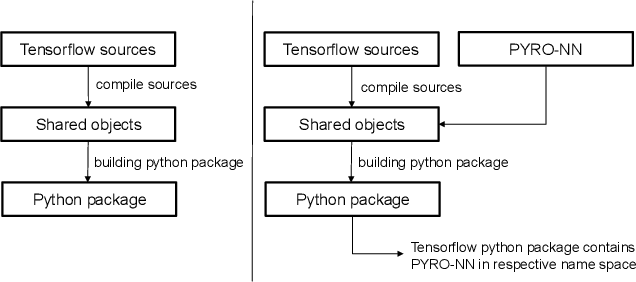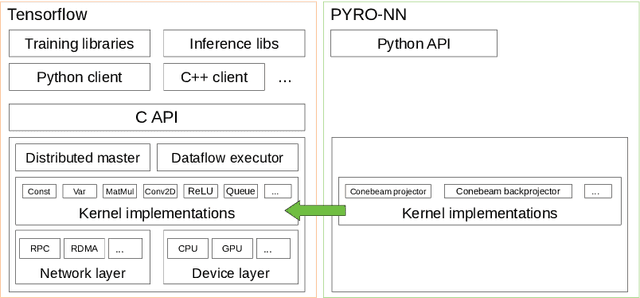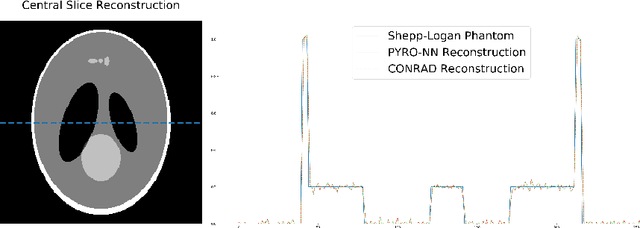Markus Michen
Instance Segmentation XXL-CT Challenge of a Historic Airplane
Feb 05, 2024Abstract:Instance segmentation of compound objects in XXL-CT imagery poses a unique challenge in non-destructive testing. This complexity arises from the lack of known reference segmentation labels, limited applicable segmentation tools, as well as partially degraded image quality. To asses recent advancements in the field of machine learning-based image segmentation, the "Instance Segmentation XXL-CT Challenge of a Historic Airplane" was conducted. The challenge aimed to explore automatic or interactive instance segmentation methods for an efficient delineation of the different aircraft components, such as screws, rivets, metal sheets or pressure tubes. We report the organization and outcome of this challenge and describe the capabilities and limitations of the submitted segmentation methods.
PYRO-NN: Python Reconstruction Operators in Neural Networks
Apr 30, 2019



Abstract:Purpose: Recently, several attempts were conducted to transfer deep learning to medical image reconstruction. An increasingly number of publications follow the concept of embedding the CT reconstruction as a known operator into a neural network. However, most of the approaches presented lack an efficient CT reconstruction framework fully integrated into deep learning environments. As a result, many approaches are forced to use workarounds for mathematically unambiguously solvable problems. Methods: PYRO-NN is a generalized framework to embed known operators into the prevalent deep learning framework Tensorflow. The current status includes state-of-the-art parallel-, fan- and cone-beam projectors and back-projectors accelerated with CUDA provided as Tensorflow layers. On top, the framework provides a high level Python API to conduct FBP and iterative reconstruction experiments with data from real CT systems. Results: The framework provides all necessary algorithms and tools to design end-to-end neural network pipelines with integrated CT reconstruction algorithms. The high level Python API allows a simple use of the layers as known from Tensorflow. To demonstrate the capabilities of the layers, the framework comes with three baseline experiments showing a cone-beam short scan FDK reconstruction, a CT reconstruction filter learning setup, and a TV regularized iterative reconstruction. All algorithms and tools are referenced to a scientific publication and are compared to existing non deep learning reconstruction frameworks. The framework is available as open-source software at \url{https://github.com/csyben/PYRO-NN}. Conclusions: PYRO-NN comes with the prevalent deep learning framework Tensorflow and allows to setup end-to-end trainable neural networks in the medical image reconstruction context. We believe that the framework will be a step towards reproducible research
 Add to Chrome
Add to Chrome Add to Firefox
Add to Firefox Add to Edge
Add to Edge